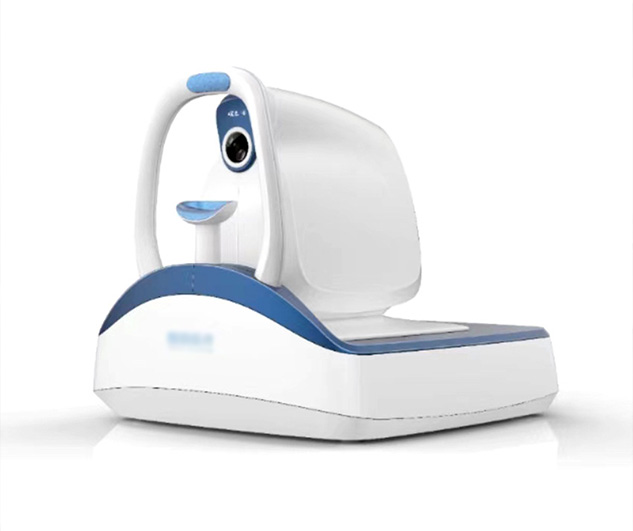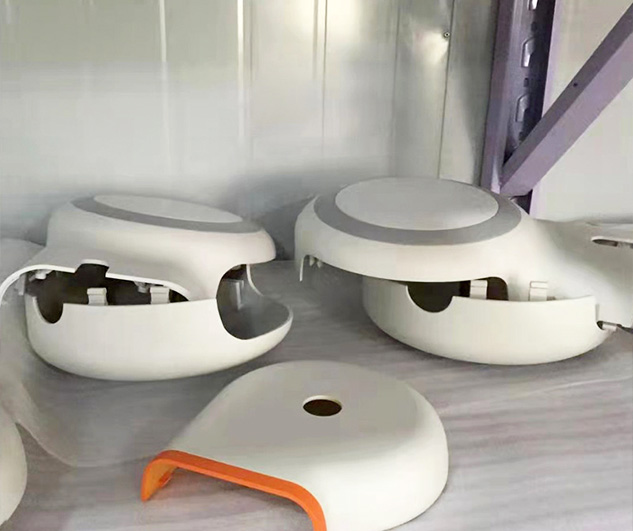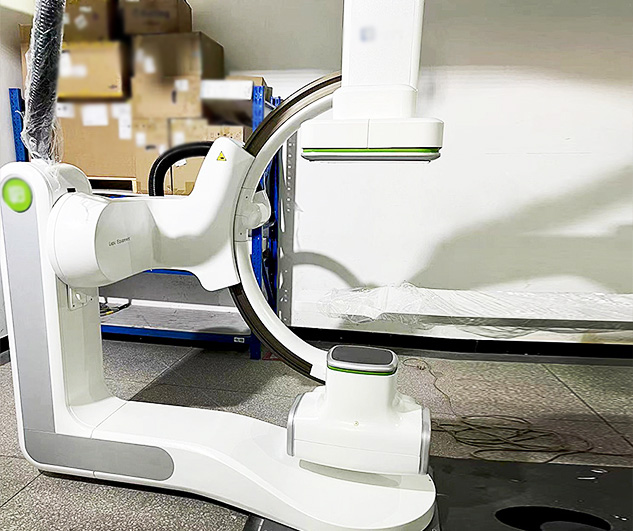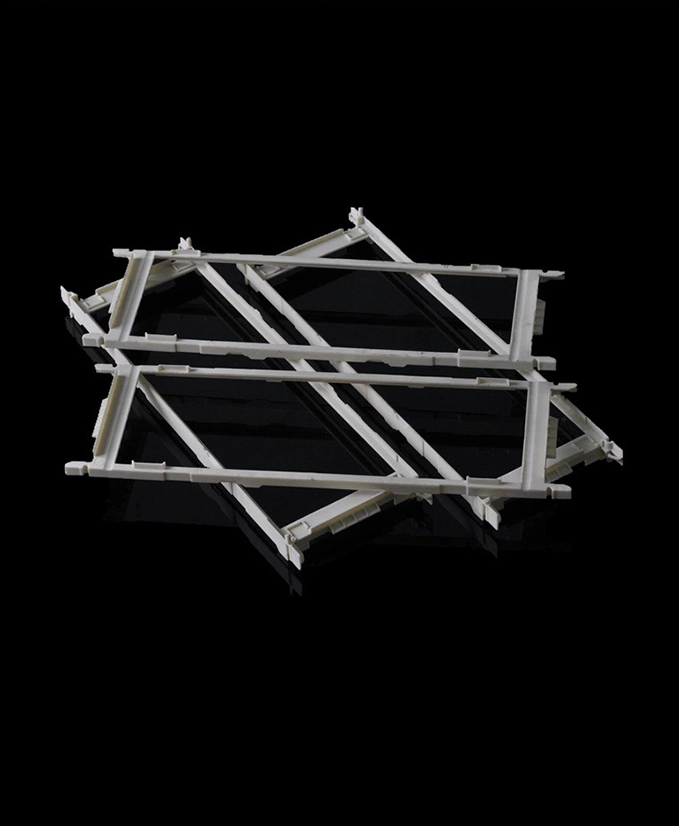Additive Manufacturing – Industrial 3D Printing
Dexin provides a range of high-quality 3D printing (additive manufacturing) services, including FDM, SLA, SLS and SLM. This allows for the 3D printing of plastics and metals, and provides options for both prototyping and production.
3D printing is a great way to create one-off parts or small batches, and can be used to create complex geometries that could not be realised using traditional manufacturing processes.
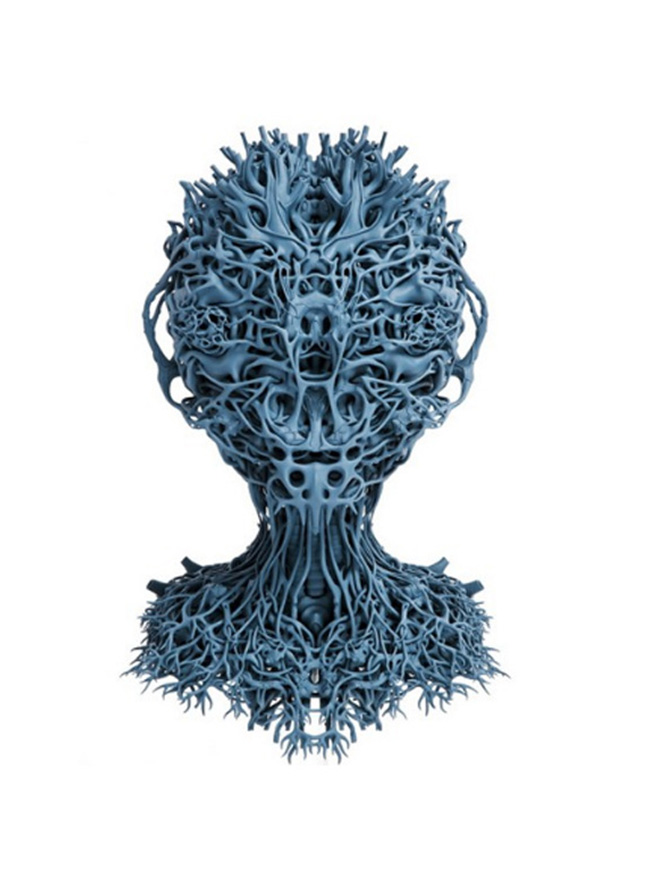
Advantages of 3D Printing
1 Affordability: Since 3D printing uses only the required material and needs no tooling, it is one of the most affordable manufacturing processes for one-off parts or small batches.
2 Geometries: trongse 3D printers create parts layer by layer using a computer-controlled nozzle, they can be used to create highly complex shapes, including complex interior geometries.
3 Efficiency: Once a part has been designed using CAD software, it can be printed in a matter of hours, without a lengthy setup procedure.
4 Adaptability: Because 3D printed parts require no tooling, there is less risk involved when creating a part. If a fault is discovered after printing, it can be amended digitally without the need to replace expensive tooling.
5 Environmental factors: Although 3D printers require power to operate, there is generally no material wastage involved. Subtractive processes like machining, on the other hand, produce waste material.
What is 3D Printing?
3D printing, otherwise known as additive manufacturing, is a manufacturing process that builds a part layer by layer. A computer sends instructions to the 3D printer, which deposits or hardens material in a preprogrammed pattern, creating layers in succession.
There are several kinds of 3D printer, some of which are used to print plastic parts, others to print parts made from metal or other materials. While these various 3D printing technologies are diverse, they have certain features in common.
3D printing has revolutionized manufacturing by giving businesses access to a one-step manufacturing technology. 3D printers can be set up in offices and small workspaces, and require minimal training to operate. Moreover, startup costs are incredibly low, since materials are affordable and can be purchased in small quantities.
How to Select 3D Printing Process
If you need assistance in finding which 3D printing process is the right fit for you, you can set up a consultation and planning phase with our team of additive manufacturing experts.
All 3D CAD files you wish to have printed must be provided for the design and reviewed by the production team so they can be optimized and made to meet design requirements. These requirements will differ between FDM, SLA, SLS, and SLM 3D printing, so be sure to optimize your CAD model for the 3D printing process you wish to use.

Applications and Uses of 3D Printing
3D printing accelerates innovation and supports businesses across a wide range of industries, including engineering, manufacturing, dentistry, healthcare, education, entertainment, jewelry, audiology, and more.
From shoes to clothes and bicycles, we’re surrounded by products made in limited, uniform sizes as businesses strive to standardize products to make them economical to manufacture. With 3D printing, only the digital design needs to be changed to tailor each product to the customer without additional tooling costs. This transformation first started to gain a foothold in industries where custom fit is essential, such medicine and dentistry, but as 3D printing becomes more affordable, it’s increasingly being used to mass customize consumer products.
